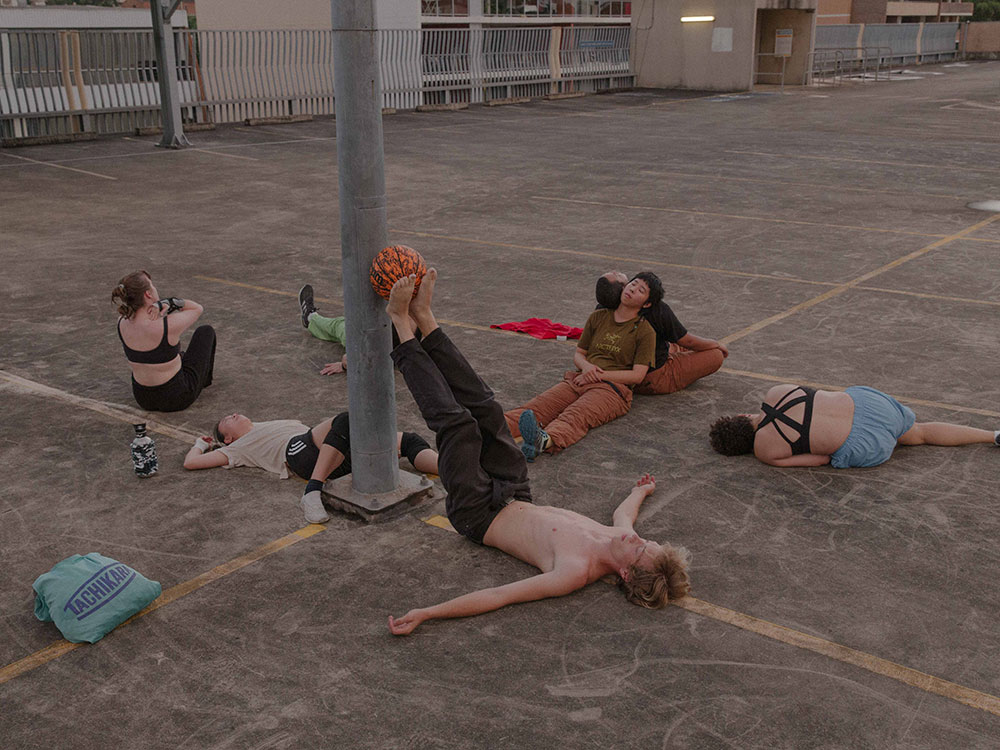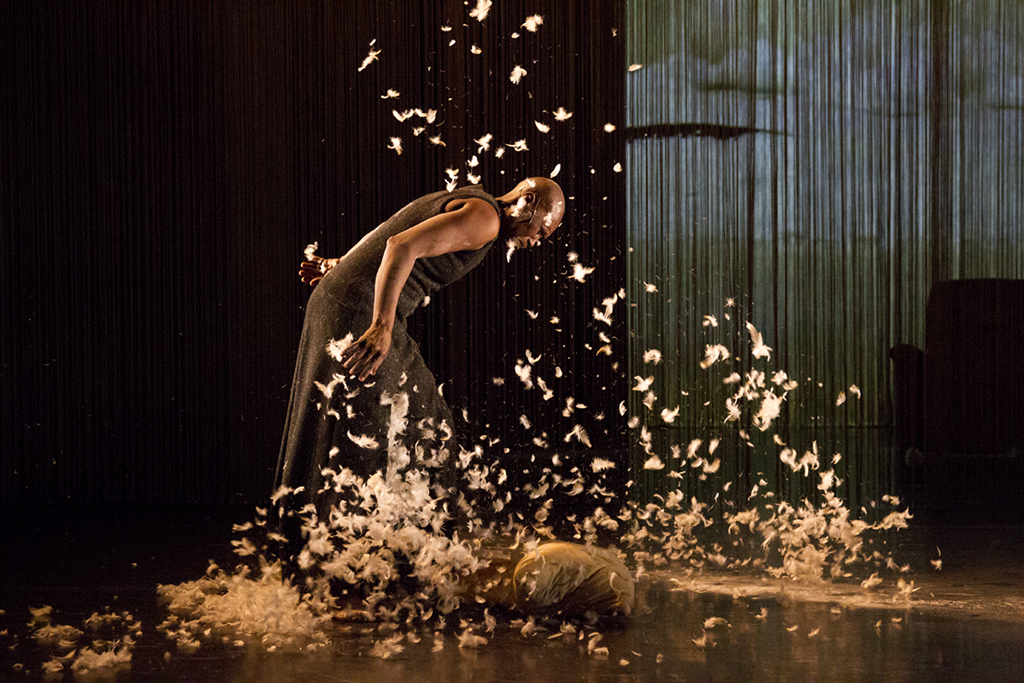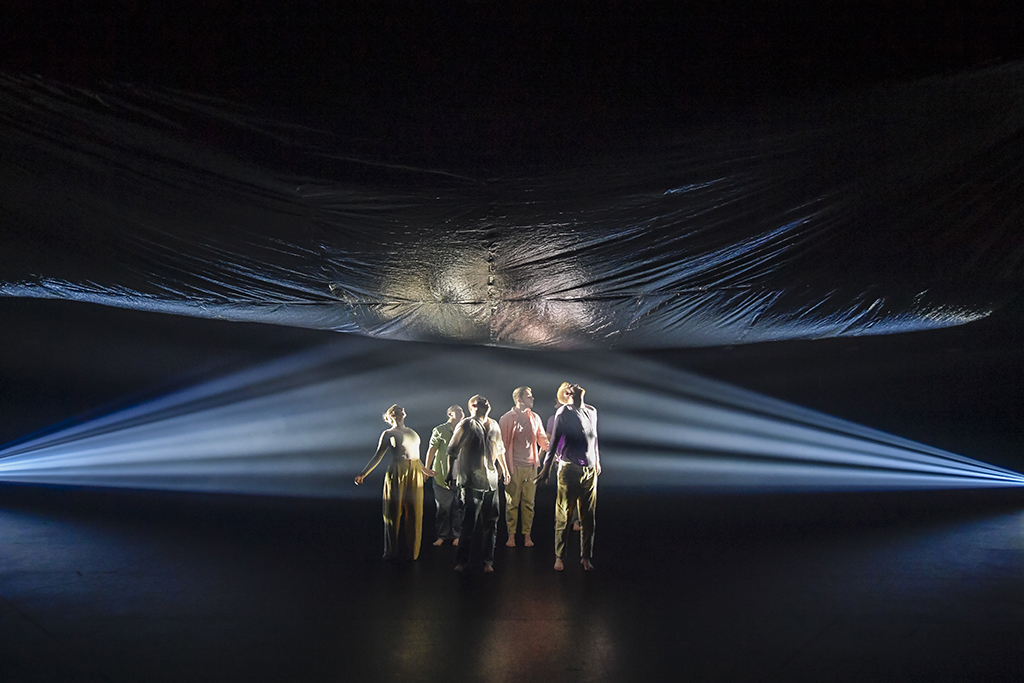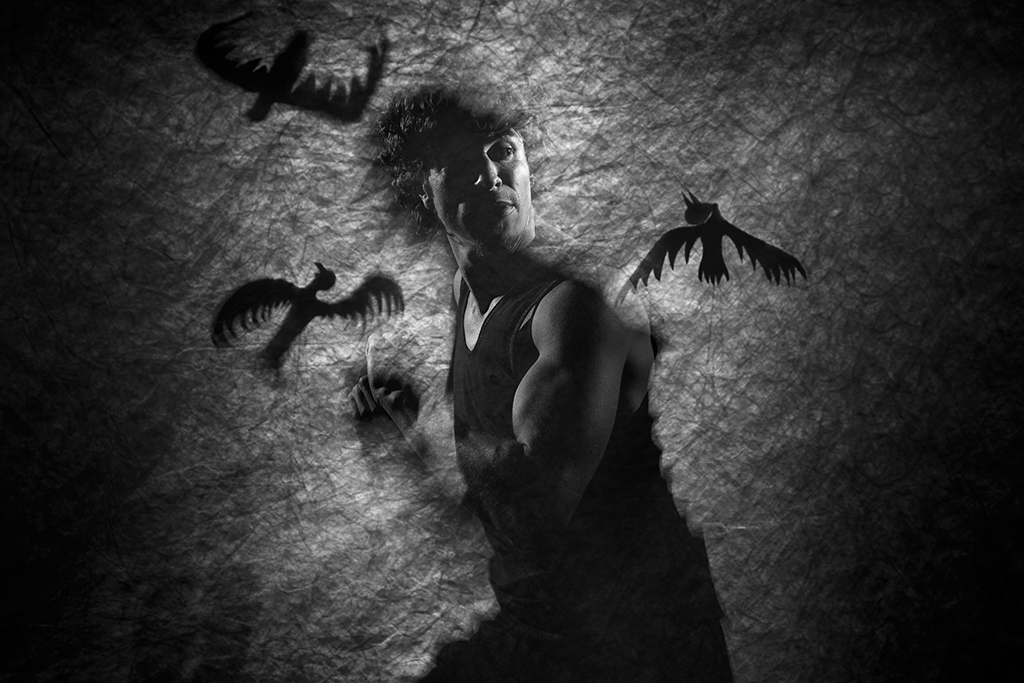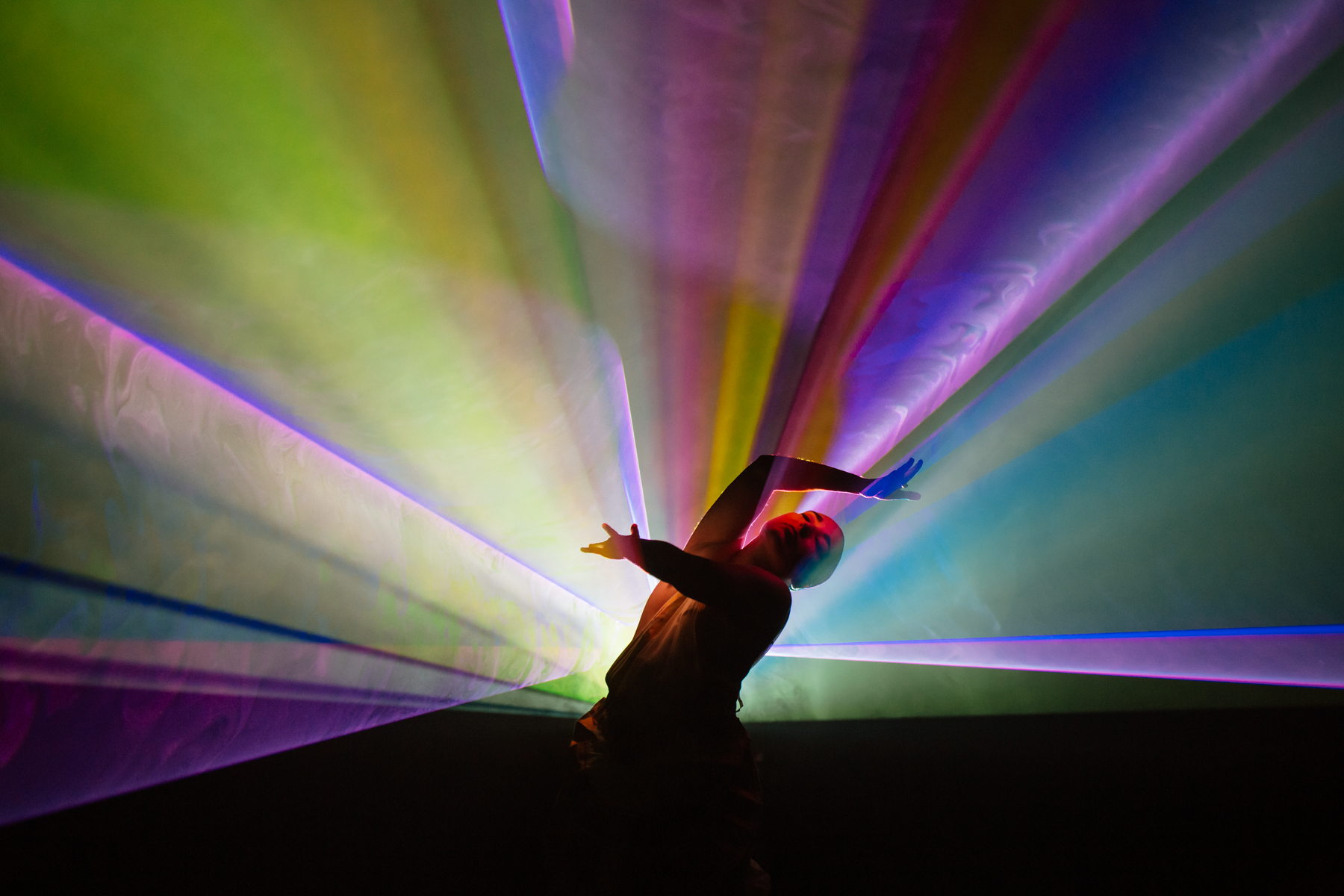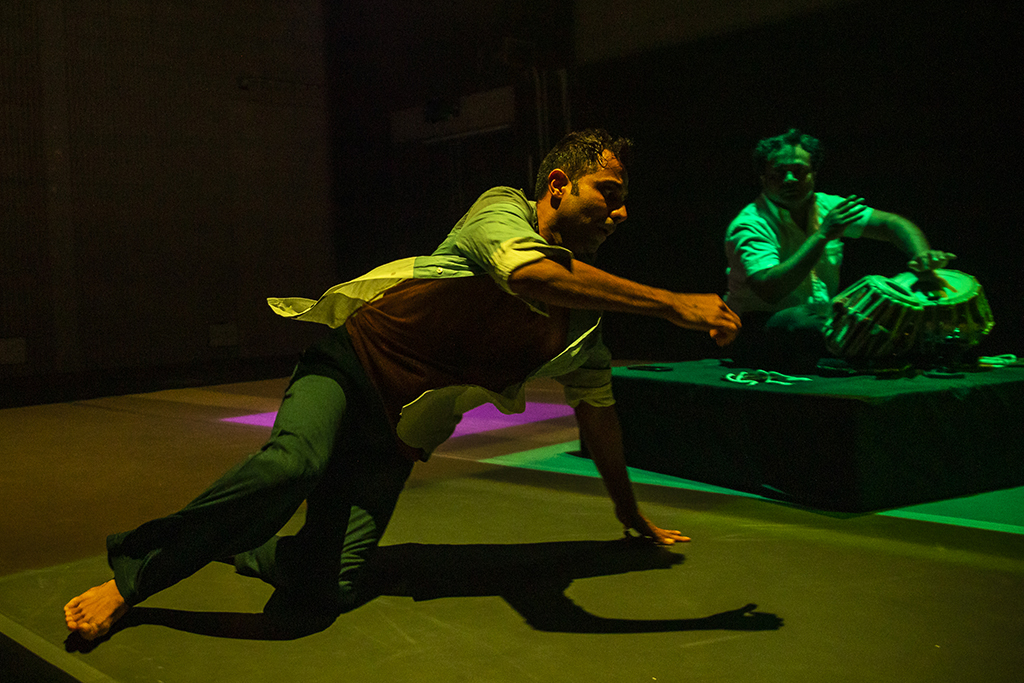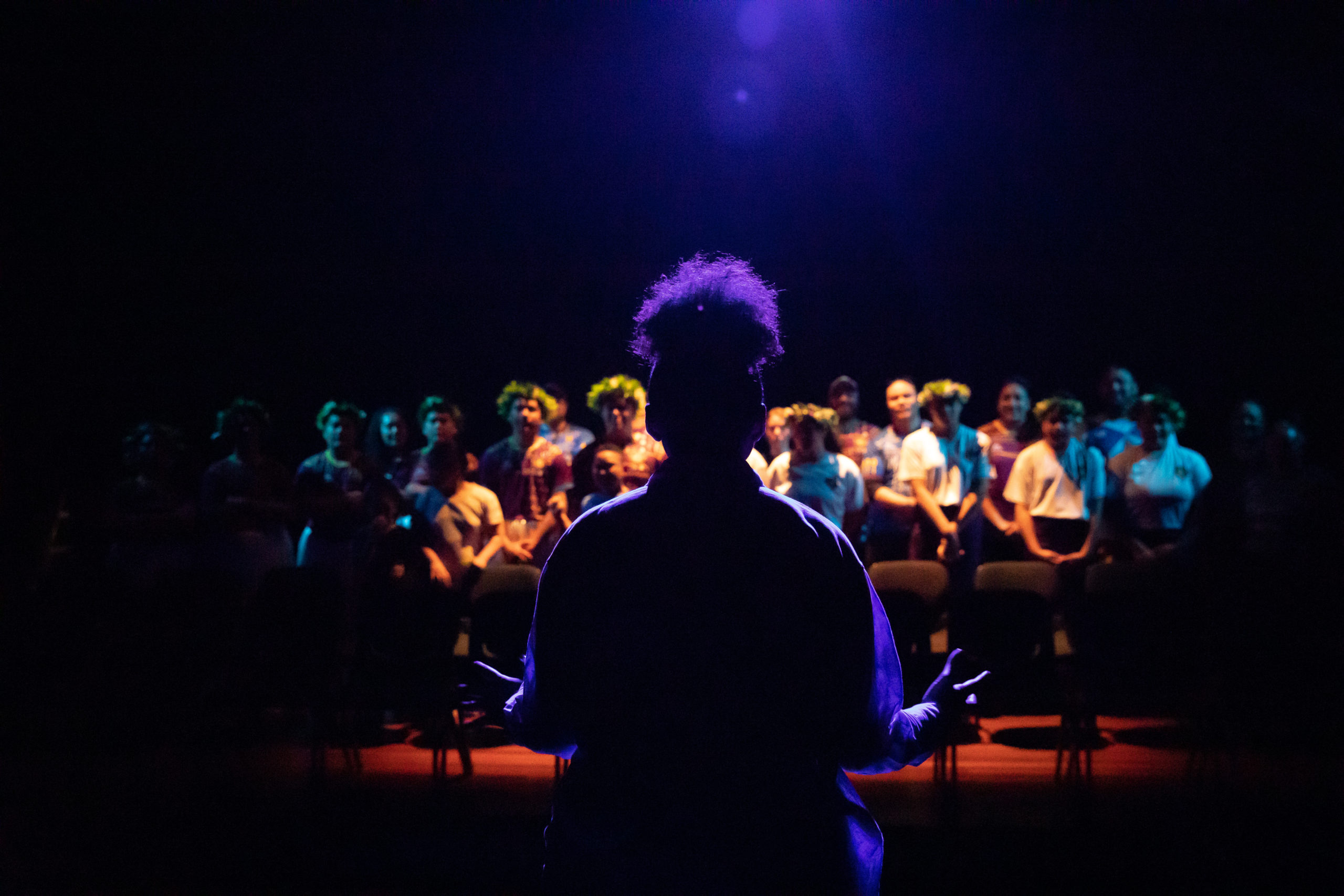Power ebbs and Culture flows
words by Jinghua Qian
The driving question behind Arts House’s opening program this year is one that sounds both ambitious and catastrophic: What is the place of culture in a time of planetary entanglement?
It’s clear we’re living in interesting times – a time of natural and devastatingly unnatural disasters, a time of breakneck technocratic expansion and democratic decay, a time in which nation-states violently reassert borders yet appear toothless in the face of global capital. As the Cameroonian political philosopher Achille Mbembe articulates, ‘the epoch we have entered into is one of indivisibility, of entanglement, of concatenations’. It’s a time when our deep interdependence on each other, and on the other life forms that share our home, is both revealed, and resisted by nation-states clinging onto power and relevance.
That understanding of entanglement – and the call for action and connection at global and local levels, subverting the primacy of the nation-state – is obviously a key influence on Arts House’s program this year, as conceived by co-Artistic Director Nithya Nagarajan. The program emphasises critique and counterculture, marginal histories, transgenerational connections, and global thinking rooted in the local. It speaks, sings and dances truth to power.
This is evident in a new co-designed festival, FRAME: A biennial of dance. Arts House has an ongoing interest in distributed authorship. ‘FRAME was programmed through a collective organising model involving 20 independent artists and 17 organisations. It’s messy but great,’ co-AD Emily Sexton says. ‘This first version will be a prototype. It feels like a joyous thing to be coming back together as a sector in this way.’
Within FRAME, there’s The Honouring by First Nations artist Jackie Sheppard, a production that explores honouring suicide, death, grief and the healing of intergenerational trauma through dance, puppetry and ceremony. There’s MOHINI, an experimental dance-theatre work turning a trans lens on Hindu mythology, created and performed by Raina Peterson, a local dancer of Fiji-Indian and English heritage. There’s Somewhere at the beginning, an autobiographical solo by contemporary African dance powerhouse and elder Germaine Acogny that rips through a tumultuous century across Africa and Europe and raises the irreconcilability of identity.
The curatorial direction of new projects builds on the collective knowledge of the Arts House legacy and community, with Equity-Builder Ideation Group member Ihab Balla* introducing Arts House to the Achille Mbembe texts that underpin the program’s philosophy.
As well as showcasing work that grapples with power, place and history, Nithya wanted to reconsider how form and curatorial practice can challenge arts hierarchies. ‘There is an institutional responsibility to preservation, continuum, evolution and flow of culture, not just art-making,’ she says.
One tactic is to understand culture as something more porous and alive than a series of events or outcomes. The program emphasises the social contract of gathering and exchange. In April, the whole Arts House venue will be taken over by Okkoota ಒಕ್ಕೂಟ, an equity-building curatorial project by Dalit artist-curator Vishal Kumaraswamy featuring 12 artists based across the east coast of Australia and the subcontinent. And throughout the year, Arts House and UTP Sydney will co-host Counterflows, a 10-month program that supports a transgenerational cohort of First Nations, Black and PoC artists to share ideas, connect with their peers from the Southwest Asia and North Africa region, and share their learnings with their communities of practice through a distributed reader with Runway Journal.
What does it mean for Arts House to grapple with the cultural, political and economic machineries of power, as a cultural institution housed in a civic space? ‘It’s a generative tension that we lean into,’ Nithya says. The position of Arts House, both within the sector and at the North Melbourne Town Hall, comes with opportunities, responsibilities and complications for tackling the ubiquitous structures of power that shape our world. The call is coming from inside the house. How do we address power structures that we ourselves are entangled in? These programming interventions invite us all to ask.
*Matrix of Rule (2021)
Image credit: Subash Thebe Limbu, NINGWASUM (still), 2021. © Subash Thebe Limbu
Image description: A person dressed in a white jumpsuit holds a woven blanket to their chest. They gaze softly at something off camera. Behind them, in a rocky landscape, a person dressed in a similar white jumpsuit looks downwards.

